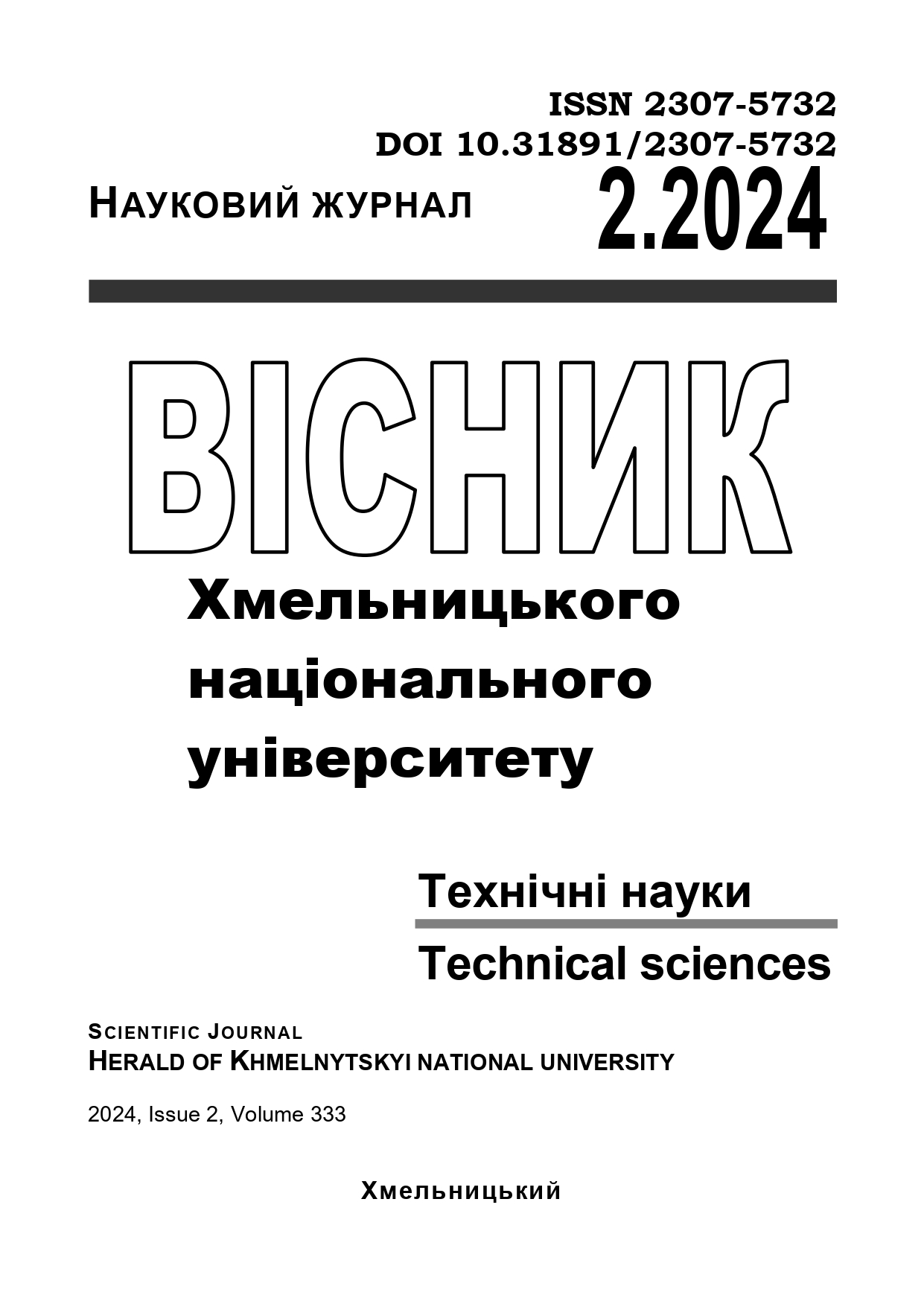SOLVING THE PROBLEM OF DYNAMIC RECONFIGURATION OF DISTRIBUTION NETWORKS WITH SOURCES OF DISTRIBUTION GENERATION IN REAL TIME
DOI:
https://doi.org/10.31891/2307-5732-2024-333-2-10Keywords:
indicative indicator, forecasting, distribution network, energy losses, remotely controlled switch, distributed generation, mode controlAbstract
The increasingly widespread use of sources of distributed generation and energy storage in electricity distribution systems sharply reduces the effectiveness of traditionally used methods and technical means of managing their modes of operation. First, this applies to such a popular problem as choosing the optimal locations of normally open points in the circuits of distribution networks to minimize electricity losses. In most countries of the world, distribution networks are operated in open mode. Now, the relevance of the problem is increasing due to the increase in the heterogeneity of the load and the increase in the share of distributed generation sources and energy storage facilities in the distribution networks of our country. These factors form flow distributions daily, which in most cases will not coincide with the regime for which the appropriate network configuration was chosen, which in turn leads to an increase in losses. The effect of the proposed approach depends on the proper level of technical and information support of the network, especially since most of the distribution network equipment has exhausted its physical resources. In this regard, this article conducts a bibliographic analysis and discusses the possibility, expediency, and effectiveness of the selective use of remotely controlled switchgear in distribution networks that normally operate in an open mode. This article proposes an algorithm for economically optimal operation of remotely controlled switches, considering their limited switching resource. A general approach to control the relevant switching equipment to ensure optimal load flow in the distribution network in real time is proposed.

